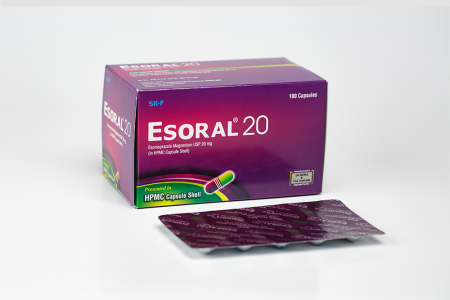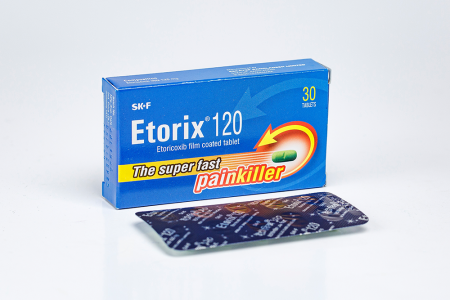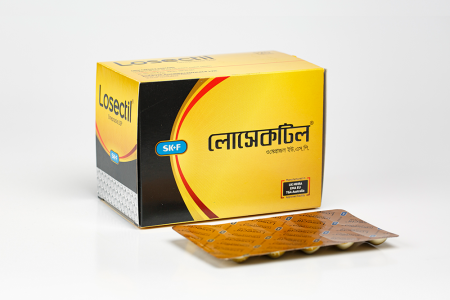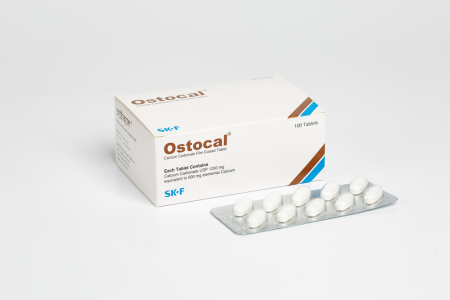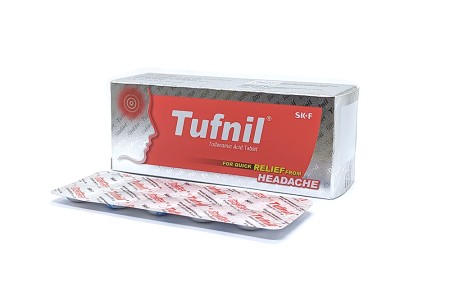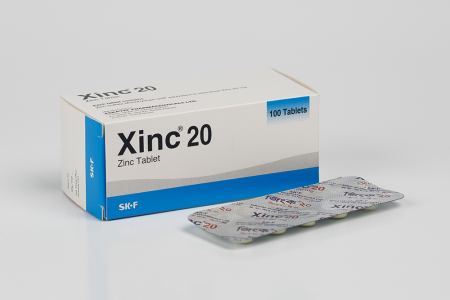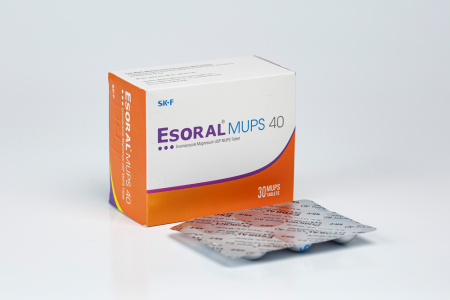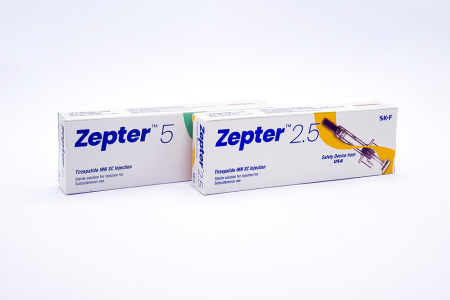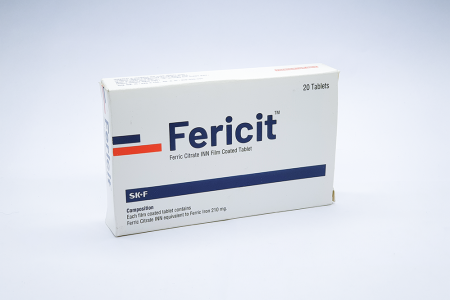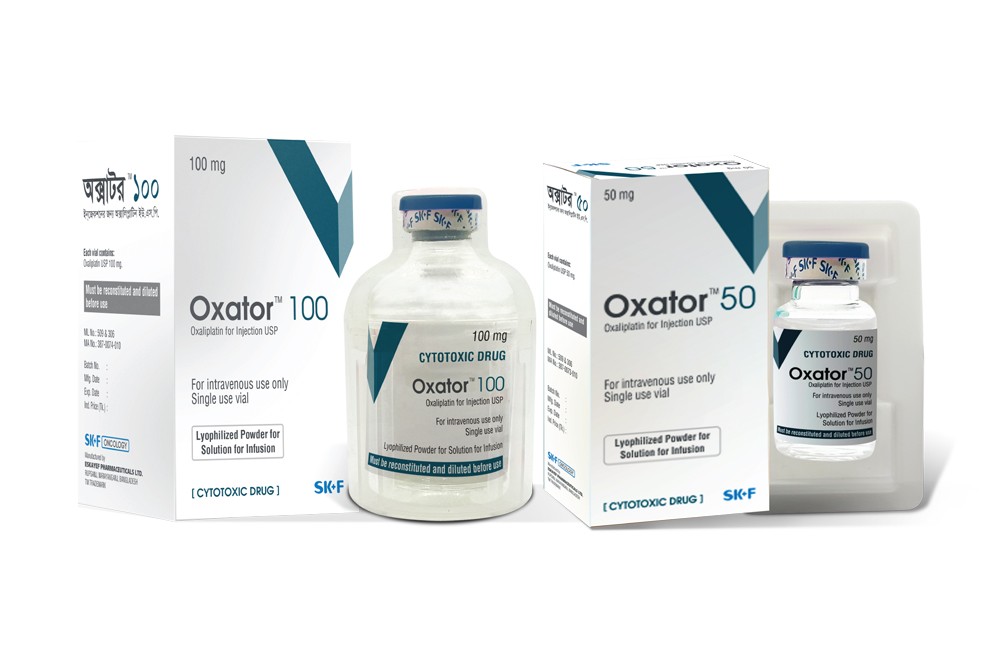

Indications
Oxator, used in combination with infusional 5-fluorouracil/leucovorin, is indicated for:
Adjuvant treatment of stage III colon cancer in patients who have undergone complete resection of the primary tumor.
Treatment of advanced colorectal cancer.
Pharmacology
Oxaliplatin, a platinum-containing complex similar to cisplatin, is an alkylating agent. After intracellular hydrolysis, the platinum compound binds to DNA forming cross-links which inhibit DNA replication and transcription, resulting in cell death.
Dosage & Administration
Intravenous (Adult)-
Adjuvant therapy in stage III colon cancer: In combination with fluorouracil/ leucovorin: 85 mg/m2 every 2 wk for 12 cycles. Dose to be given by IV infusion over 2-6 hr, dissolved in 250-500 ml of glucose 5%, every 2 wk; given for 12 cycles. After recovery from toxicity, reduce dose to 75 mg/m2. Administer before fluoropyrimidines.
Advanced colorectal cancer: In combination with fluorouracil/ leucovorin: 85 mg/m2 every 2 wk until disease progression or unacceptable toxicity. Dose to be given by IV infusion over 2-6 hr, dissolved in 250-500 ml of glucose 5%, . After recovery from toxicity, reduce dose to 65 mg/m2. Administer before fluoropyrimidines.
Interaction
May decrease plasma levels of digoxin. May increase risk of toxicity with nephrotoxic drugs. When administered as sequential infusions, taxane derivatives (docetaxel, paclitaxel) should be administered before Oxator to limit myelosuppression and enhance efficacy.
Contraindications
Pregnancy. Peripheral neuropathy with functional impairment. Severe renal impairment.
Side Effects
Fatigue, fever, pain, headache, insomnia, nausea, diarrheoa, vomiting, abdominal pain, constipation, anorexia, stomatitis, anemia, thrombocytopenia, leukopenia, aspartate and alanine transaminases increased, total bilirubin increased, peripheral neuropathy, back pain, dyspnoea, cough, oedema, chest pain, peripheral oedema, flushing , thromboembolism, dizziness, rash, alopecia , hand-foot syndrome dehydration, hypokalaemia, dyspepsia, taste perversion, flatulence, mucositis, gastroesophageal reflux, dysphagia, dysuria, neutropenia, inj site reaction, rigors, arthralgia, abnormal lacrimation, serum creatinine increased, rhinitis, epistaxis, pharyngitis, pharyngolaryngeal dysesthesia, allergic reactions, hiccup.
Pregnancy & Lactation
Category D: There is positive evidence of human foetal risk, but the benefits from use in pregnant women may be acceptable despite the risk (e.g., if the drug is needed in a life-threatening situation or for a serious disease for which safer drugs cannot be used or are ineffective).
Precautions & Warnings
Should be administered under the supervision of an experienced cancer chemotherapy physician. Use appropriate precautions for handling and disposal. Monitor neurological status and dose should be reduced if symptoms are prolonged or severe. Monitor blood counts during treatment and courses should not be repeated until blood counts have recovered. Caution in elderly, moderate degrees of renal impairment. Avoid using aluminum-containing needles or IV admin sets that may come into contact with Oxator as aluminum has been reported to cause degradation of platinum compounds. Lactation.
Use in Special Populations
Renal Impairment: Dose adjustment may be needed
Overdose Effects
Extensions of known adverse reaction (e.g. thrombocytopenia, myelosuppression, nausea, vomiting, neurotoxicity, respiratory symptoms). Treatment is supportive.
Reconstitution
Reconstitute with 10 ml (for 50 mg vial) or 20 ml (for 100 mg vial) water for inj or 5% dextrose inj. Reconstituted solution must be further diluted with 250-500 ml of 5% dextrose inj before admin.
Storage Conditions
Store intact vials at 15-30°C; do not freeze. Reconstituted solution: May store at 2-8°C for up to 24 hr. Diluted solutions: Stable up to 6 hr at 20-25°C or up to 24 hr under refrigeration at 2-8°C.



